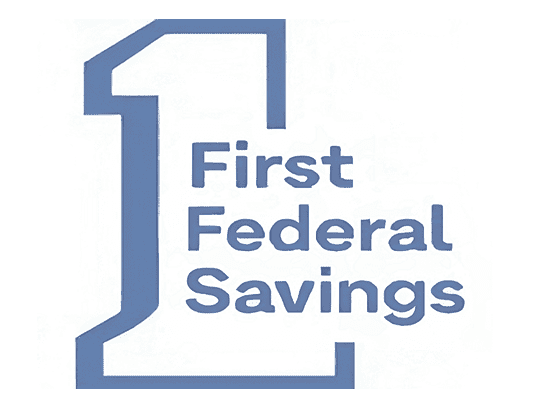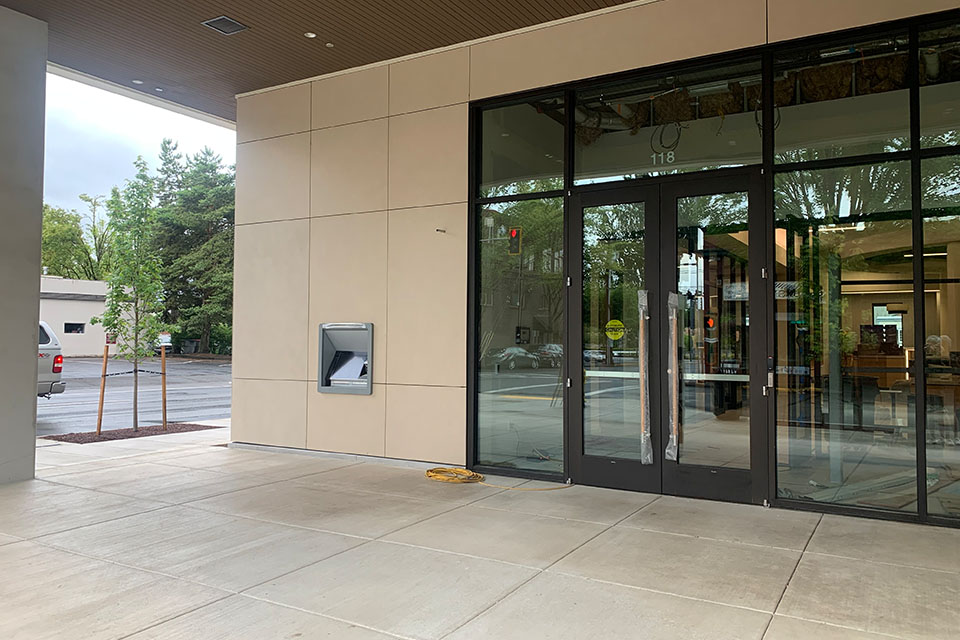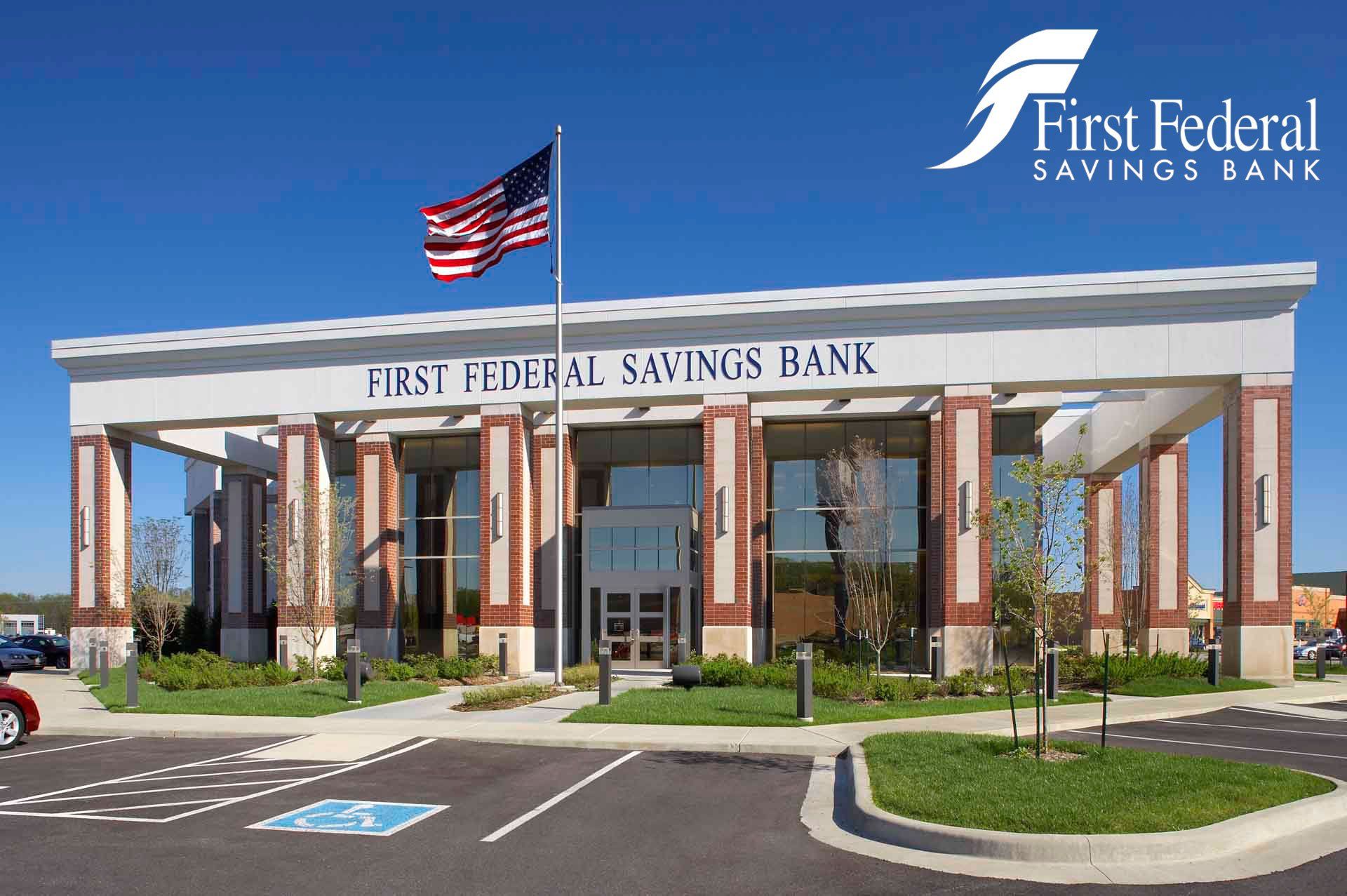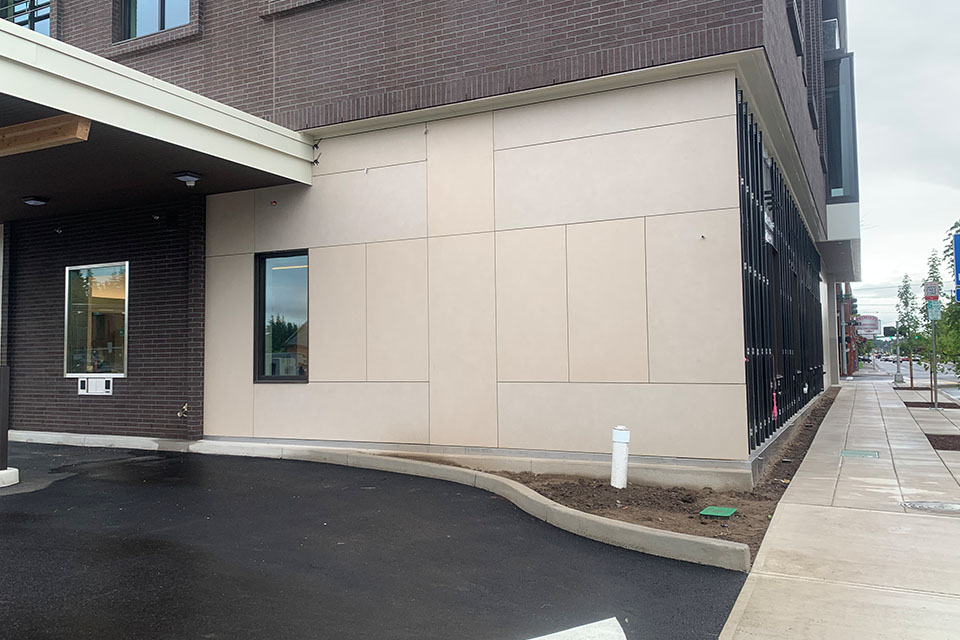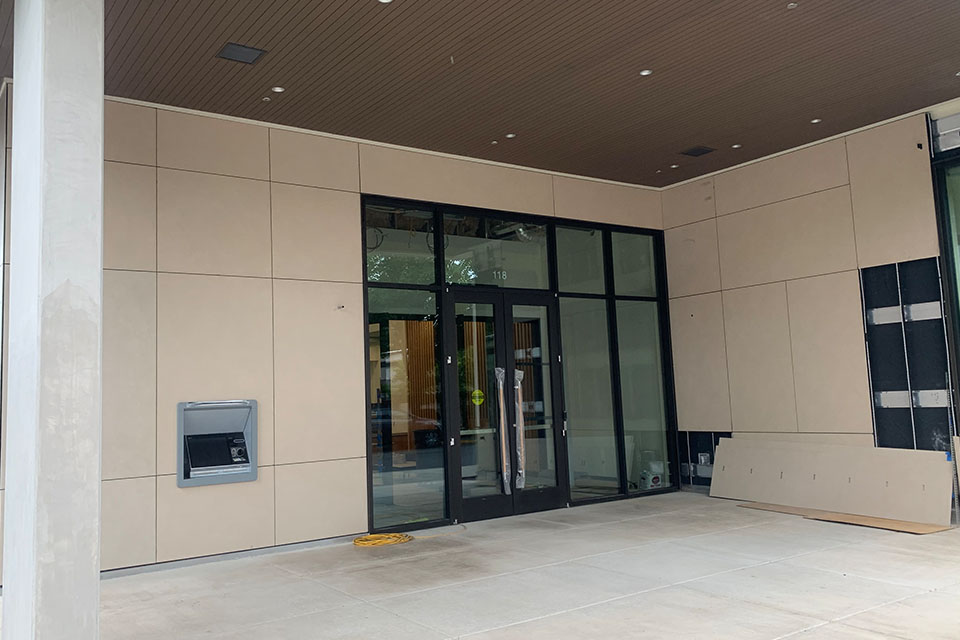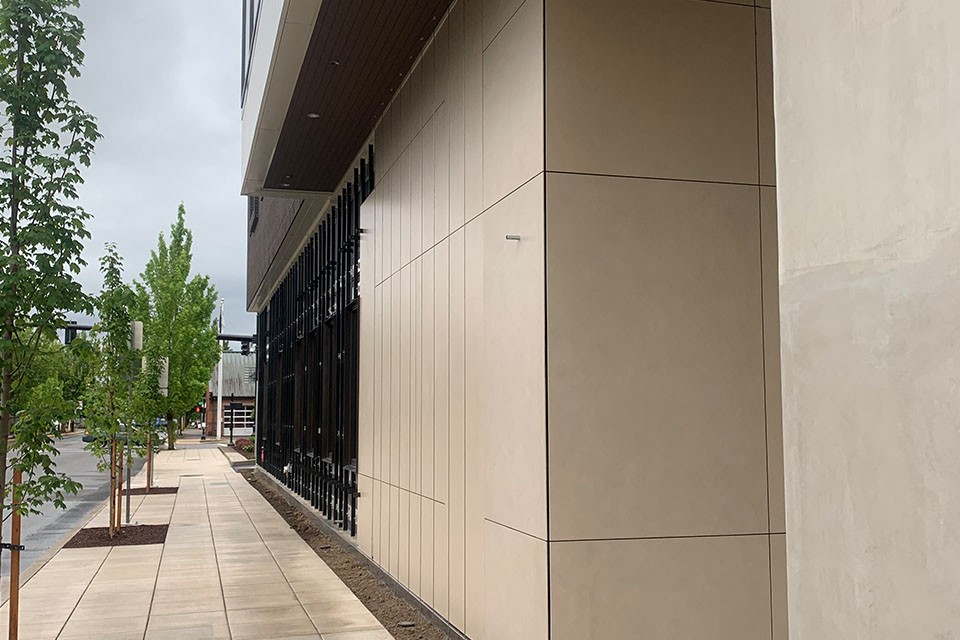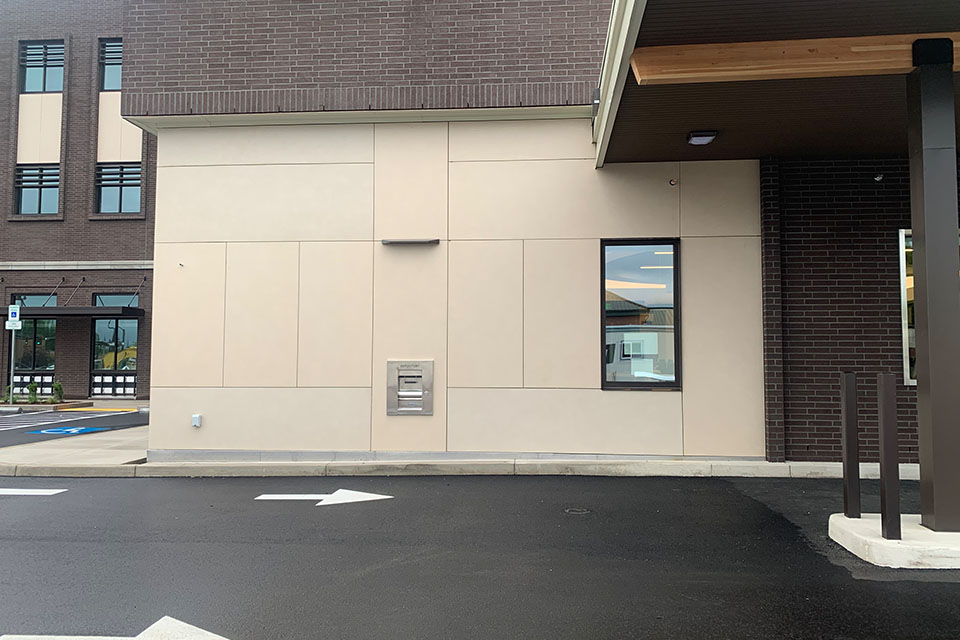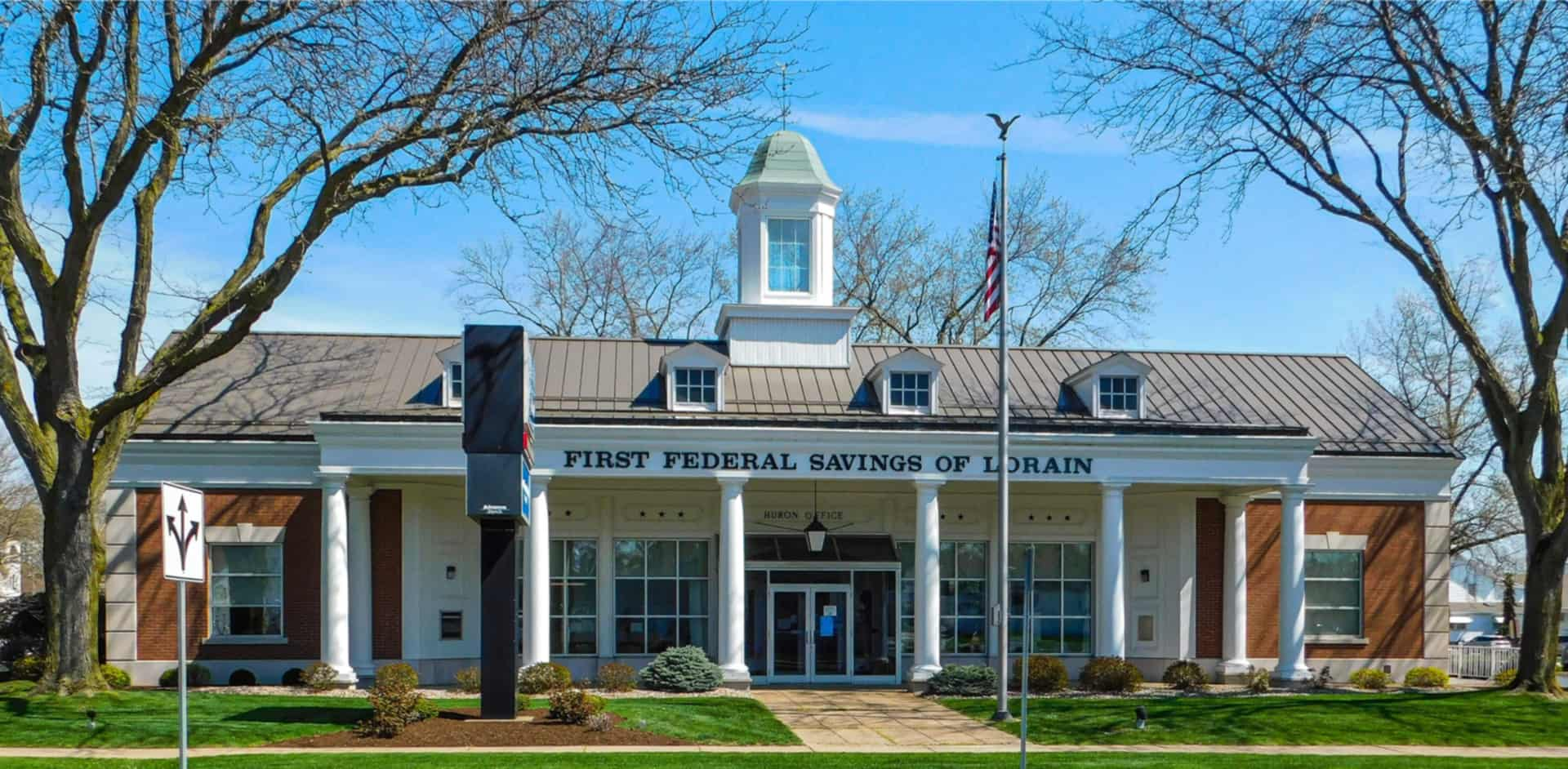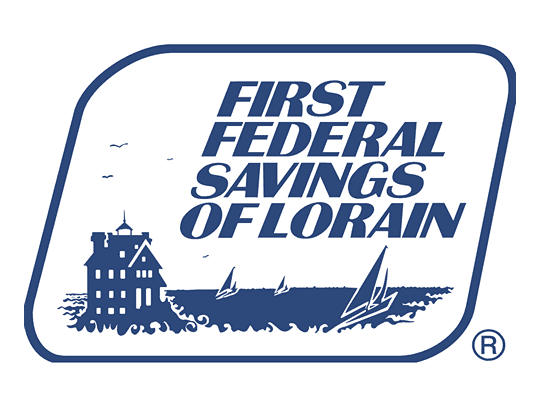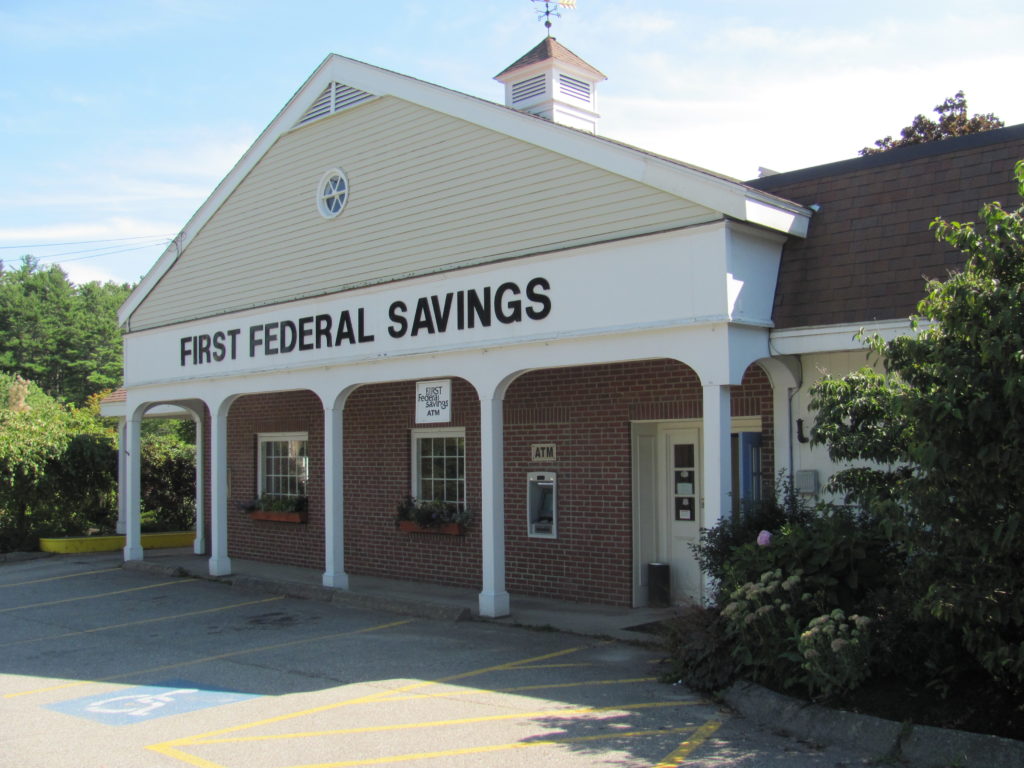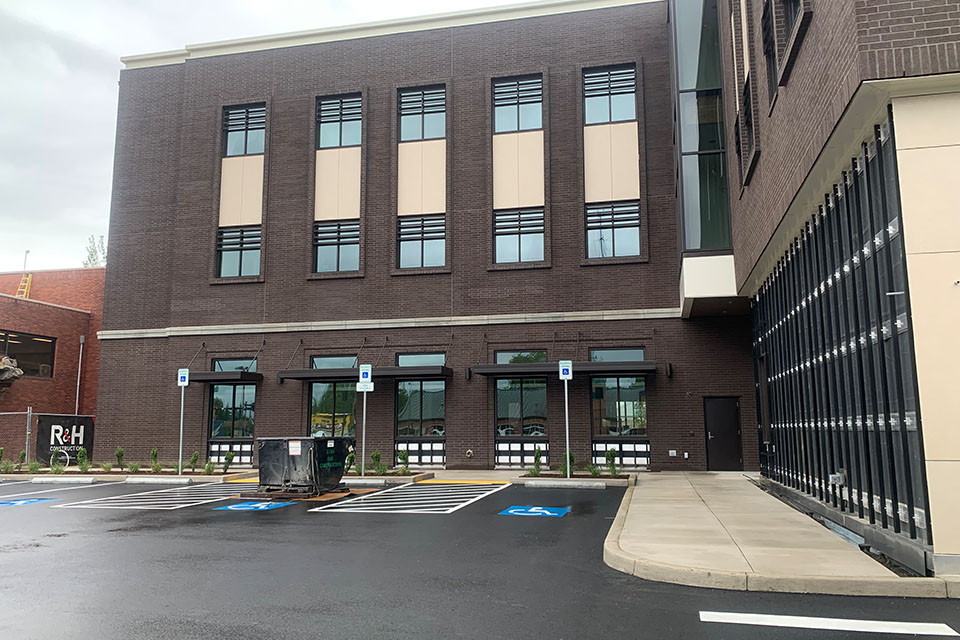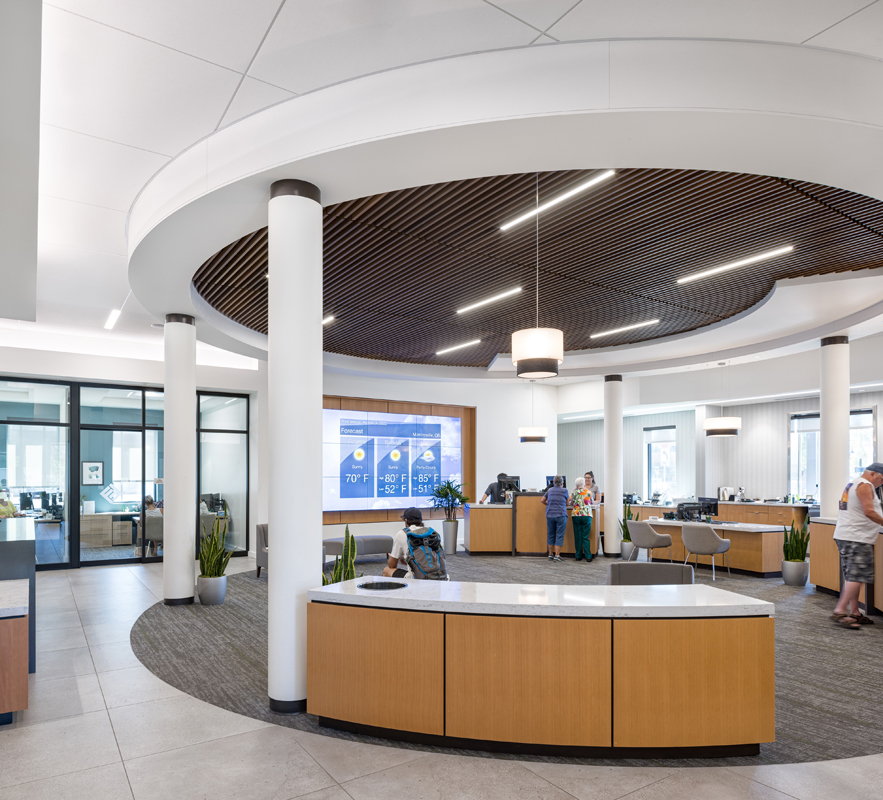First Federal Savings And Loan Port Angeles

The financial landscape of Port Angeles, Washington, is undergoing a significant shift as First Federal Savings and Loan, a cornerstone of the community for decades, navigates evolving market dynamics and increased competition. The institution, deeply intertwined with the region's history and economic development, faces the dual challenge of maintaining its traditional values while adapting to the demands of a modern financial world.
This article delves into the current state of First Federal Savings and Loan in Port Angeles, exploring its strategic initiatives, financial performance, community impact, and the perspectives of local stakeholders. It examines how the bank is addressing challenges like rising interest rates, technological advancements, and changing customer preferences, while also considering its role in supporting the unique needs of the Olympic Peninsula.
Historical Roots and Community Commitment
First Federal Savings and Loan has a rich history in Port Angeles. It has been a vital source of mortgages, loans, and financial services for generations. The bank's commitment extends beyond its balance sheet; it has consistently invested in local initiatives, sponsoring community events, and supporting non-profit organizations.
This deep-rooted community engagement has fostered a strong sense of loyalty among its customers. Many see First Federal not just as a bank, but as a partner in their financial well-being and the overall prosperity of Port Angeles.
Navigating the Current Economic Climate
Like all financial institutions, First Federal is currently operating in a complex economic environment. Rising interest rates have impacted the mortgage market, creating affordability challenges for potential homebuyers. The bank is actively monitoring these trends and adjusting its lending strategies accordingly.
In a recent statement, President and CEO Matthew Deines emphasized the bank's commitment to responsible lending practices and its focus on providing personalized solutions to meet the individual needs of its customers. "We understand the challenges facing our community," he stated, "and we are dedicated to helping our customers navigate these uncertain times."
Digital Transformation and Customer Experience
Recognizing the growing importance of technology in banking, First Federal has been investing in digital transformation. This includes enhancing its online and mobile banking platforms to provide customers with convenient access to their accounts and services.
The bank has also implemented new technologies to streamline internal processes and improve efficiency. While embracing digital advancements, First Federal remains committed to maintaining its personal touch, ensuring that customers can still access in-person support when needed.
“We strive to blend the convenience of modern technology with the personalized service that our customers have come to expect,” explained Chief Technology Officer Sarah Jones. She said this in a recent interview with the Peninsula Daily News.
Financial Performance and Stability
First Federal Savings and Loan's financial performance remains solid. The bank has a strong capital base and a history of responsible financial management. Despite the current economic headwinds, First Federal continues to generate profits and maintain healthy asset quality.
According to data from the Federal Deposit Insurance Corporation (FDIC), First Federal's capital ratios exceed regulatory requirements, indicating its strong financial position. This stability is crucial for maintaining depositor confidence and supporting the bank's long-term growth.
Competition and Market Share
The banking industry in Port Angeles is becoming increasingly competitive. National banks and online lenders are vying for market share, putting pressure on smaller institutions like First Federal.
To remain competitive, First Federal is focusing on its strengths: its deep local knowledge, its strong customer relationships, and its commitment to community development. By leveraging these advantages, the bank aims to differentiate itself from its larger competitors.
Community Impact and Social Responsibility
First Federal's impact extends beyond its financial services. The bank actively supports local non-profits, sponsors community events, and provides financial literacy education to residents of all ages. This commitment to social responsibility is deeply ingrained in the bank's culture.
For example, First Federal is a major sponsor of the annual Port Angeles Salmon Derby, a popular event that attracts anglers from around the region. The bank also supports local schools and youth organizations, helping to ensure a brighter future for the community.
Perspectives from Local Stakeholders
Mayor Kate Dexter of Port Angeles emphasized the importance of First Federal to the local economy. "First Federal is more than just a bank; it's a partner in our community's success," she said. "Their commitment to local businesses and residents is invaluable."
John Smith, owner of a local business that has banked with First Federal for over 20 years, echoed the Mayor's sentiments. "First Federal has always been there for us," he said. "They understand our needs and have helped us grow our business."
The Future of First Federal Savings and Loan
Looking ahead, First Federal Savings and Loan faces both challenges and opportunities. The bank will need to continue to adapt to the changing financial landscape, investing in technology, and providing innovative products and services.
However, First Federal's greatest strength remains its connection to the community. By continuing to prioritize its customers, support local initiatives, and uphold its values, the bank can ensure its long-term success and remain a vital part of the Port Angeles community for generations to come.
Ultimately, the future of First Federal hinges on its ability to balance its traditional values with the demands of a modern financial world. By embracing innovation while remaining true to its roots, the bank can continue to thrive and serve the unique needs of the Olympic Peninsula.
